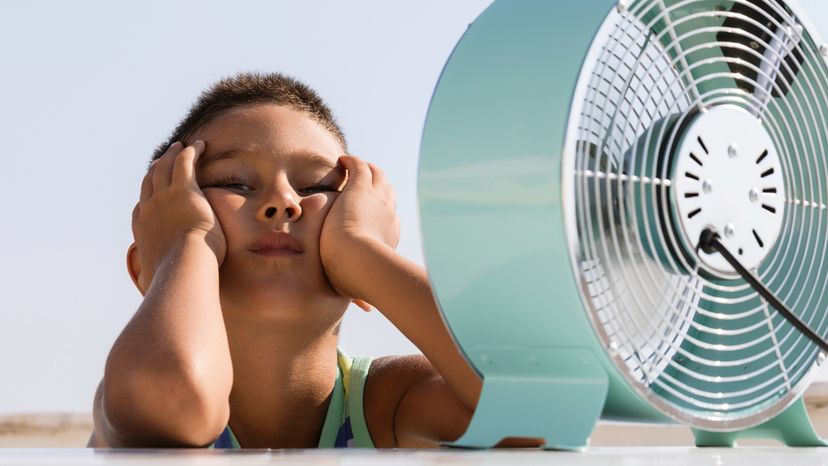Humidity can cause a lot of headaches, both literally and figuratively. Even if it's a necessary element of the water cycle, it can be a real pain. Here are just a few of its potential effects.
Health Effects of Humidity
High humidity levels can significantly affect how we feel and function. When the air is humid, it feels warmer than it actually is because our sweat doesn’t evaporate as quickly, impairing the body’s natural cooling mechanism. This can lead to several health issues.
- Dehydration: High humidity slows down the body’s ability to cool itself, which can lead to dehydration if you don’t drink enough fluids.
- Fatigue and muscle cramps: The body has to work harder to cool itself, which can lead to fatigue and muscle cramps.
- Heat stroke and heat exhaustion: In extreme cases, high humidity can cause severe conditions such as heat stroke and heat exhaustion. These conditions occur when the body overheats and cannot regulate its temperature.
Impact of Humidity on Daily Life
Humidity can also impact daily life, especially in our homes. High humidity levels can make air-conditioned homes feel less comfortable because the air conditioner has to work harder to remove the excess moisture from the air. This can lead to increased energy costs and wear and tear on the AC system.
Signs of high indoor humidity include a persistent feeling of stickiness on the skin, discomfort and reduced air circulation. High humidity can also cause problems such as mold and mildew growth, which can damage your home and affect your health.
Ideal indoor humidity levels usually range between 30 percent and 50 percent. When the relative humidity level is too high, the air feels muggy and can lead to discomfort and health issues like mold growth. When it’s too low, the air feels dry, which can cause skin irritation and respiratory problems.
Managing indoor humidity levels involves using devices like humidifiers to add moisture to the air in dry conditions and dehumidifiers to remove excess moisture in humid conditions. Air conditioners also play a role in managing humidity by cooling the air and reducing its moisture content.
